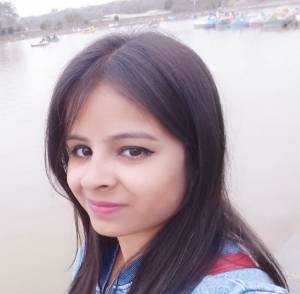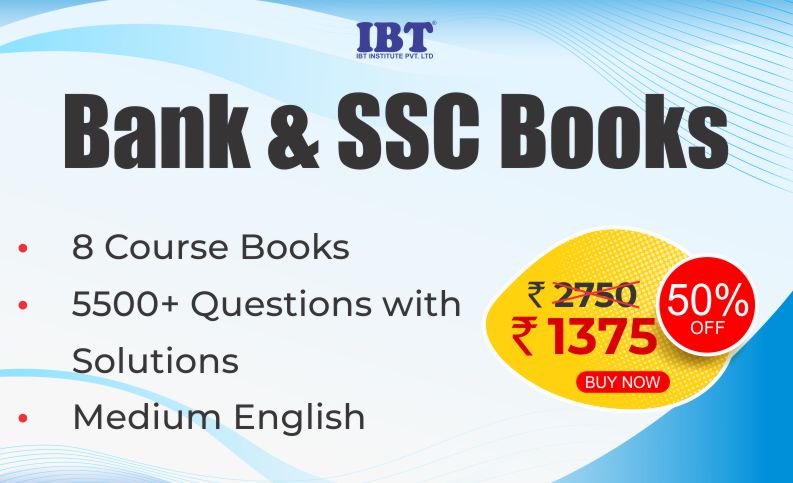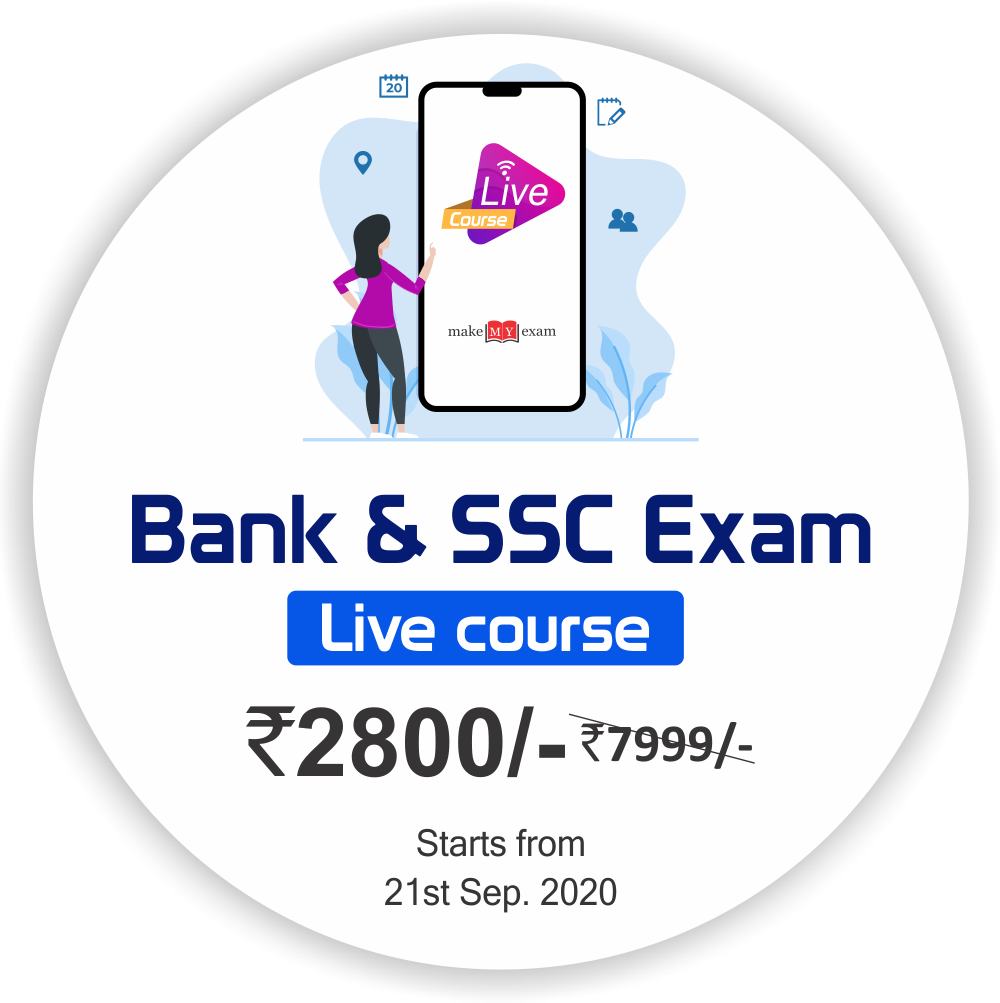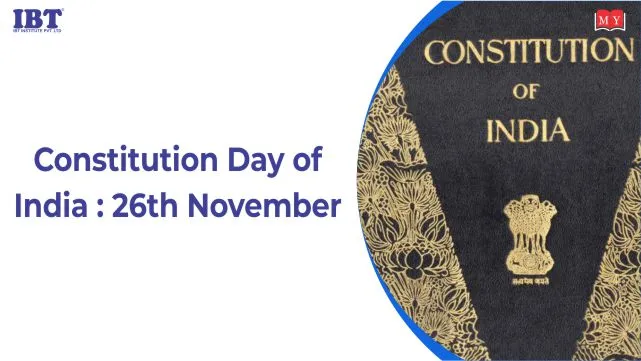
Constitution Day of India: 26th November
26th November has its own importance in the history of India because on this day in 1949, the Constitution of India was adopted and finally it came in to effect on 26 January, 1950. Constitution Day is also known as Samvidhan diwas.The Constitution Day was first celebrated in 2015.The Government of India declared 26 November as Constitution Day on 19 November 2015 by a gazetted notification. The Prime Minister of India Narendra Modi made the declaration on 11 October 2015 while laying the foundation stone of the B. R. Ambedkar's Statue of Equality memorial in Mumbai. The year of 2015 was the 125th birth anniversary of Ambedkar, who had chaired the drafting committee of the Constituent Assembly and played a pivotal role in the drafting of the constitution.Previously this day was celebrated as Law Day.
Constitution of India
-
“Constitution is defined as the set of fundamental principles or rules according to which a state or an organization is acknowledged to be governed. It is the supreme law of India”.
-
The idea of Constitution was given for the first time by the Indian philosopher Manabendra Nath Roy.
-
Indian National Congress demanded the Constitution for the first time in 1935. It was framed by the Constituent Assembly which was set up under the Cabinet Mission Plan of 1946.
-
The Assembly consisted of 389 members representing provinces (292), states (93), the Chief Commissioner Provinces (3) and Baluchistan (1).
-
The Constituent Assembly was first met on 9th December 1946 under the Chairmanship of Dr. Sachidanand Sinha(Provisional Chairman).
-
Dr. Rajendra Prasad was elected its Permanent Chairman on 11th December 1946.
-
It adopted the "Objective Resolution"moved by Pt. Jawaharlal Nehru on 13th December 1946 which later became the Preamble of the Constitution.
-
The Draft of Indian Constitution was presented in October 1947. President of the Drafting Committee was Bhim Rao Ambedkar.
-
The total time consumed to prepare the draft was 2 years, 11 months, 18 days.
-
The Constituent Assembly was the First Parliament of Independent India was the Advisor to Constituent Assembly.
-
On 26 Nov. 1949, the process of framing the constitution was completed and Constituent assembly adopted the constitution. 284 members signed the document.
-
On 26 Jan 1950, the Constitution of India became operative.
-
Originally the Constitution consisted of 22 Parts and 8 Schedules.
Functions performed by the Constituent Assembly:
-
Enacting of ordinary laws.
-
Adopted National Flag on 22nd July 1947.
-
Adopted National Anthem on 24th January 1950.
-
Adopted National Song on 24th January 1950.
-
Elected Dr. Rajendra Prasad as the first President of India: 26 January 1950.
Important Committees of the Constituent Assembly:
|
Committee
|
Chairman
|
|
Drafting Committee
|
Dr. B.R. Ambedkar
|
|
Union Powers Committee
|
Jawaharlal Nehru
|
|
Union Constitution Committee
|
Jawaharlal Nehru
|
|
Advisory Committee on Fundamental Rights and Minorities
|
Sardar Patel
|
|
Fundamental Rights Sub-Committee
|
J.B. Kriplani
|
|
Minorities Sub-Committee
|
H.C. Mukherjee
|
|
Steering Committee
|
Dr. Rajendra Prasad
|
|
States Negotiation Committee
|
Jawaharlal Nehru
|
|
Rules of Procedure Committee
|
Dr. Rajendra Prasad
|
|
Provincial Constitution Committee
|
Sardar Patel
|
Sources of Indian Constitution
|
Government of India Act 1935
|
|
|
British Constitution
|
|
|
American Constitution
|
|
|
Irish Constitution
|
|
|
Australian Constitution
|
|
|
French Constitution
|
|
|
Canadian Constitution
|
|
|
Constitution of the Soviet Union
|
|
|
Constitution of South Africa
|
|
|
Constitution of Germany
|
|
|
Japanese Constitution
|
|
Interesting Facts about the Indian Constitution
1. The original Constitution of India was handwritten by Prem Behari Narain Raizada in a flowing italic style with beautiful calligraphy. Each page was beautified and decorated by artists from Shantiniketan.

2. The original copies of the Indian Constitution, written in Hindi and English, are kept in special helium-filled cases in the Library of the Parliament of India.
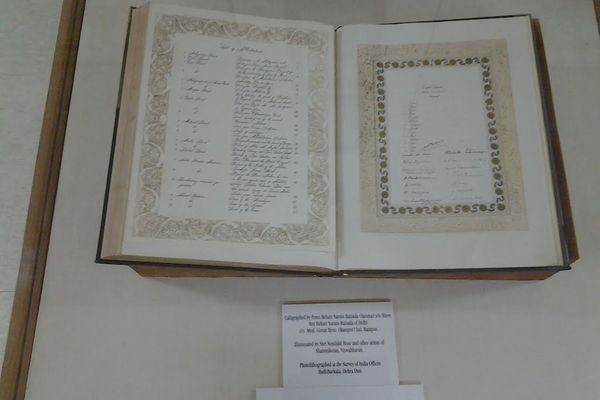
4. The Constituent Assembly, which first met on December 9, 1946, took precisely 2 years, 11 months and 18 days to come up with the final draft.
6. The drafting of the Constitution was finally complete on 26th November, 1949. But, it was legally enforced only after two months on 26th January, 1950. Which came to be known as the Republic Day.

8. Our Constitution makers took inspiration from various other Constitutions while drafting the one for our country, which is why the Indian Constitution is often called a bag of borrowings.

10. The ideals of Liberty, Equality and Fraternity in our Preamble have been taken from the French Revolution, which is also the French motto.
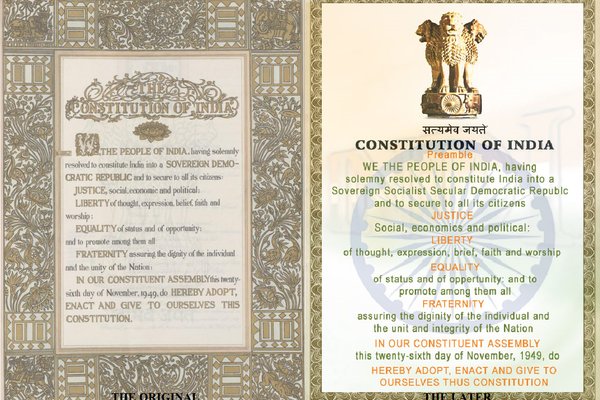
12. The fundamental rights recognized by our Constitution have also been adopted from the American Constitution. The Indian Constitution recognizes nine fundamental rights as the basic human rights of all its citizens.

14. The Indian Constitution has also been hailed as one of the world's best Constitution because in 62 years of its adoption, it had been amended only 94 times. As of now, our Constitution has undergone a total of 100 amendments.
 4.5/5
4.5/5



